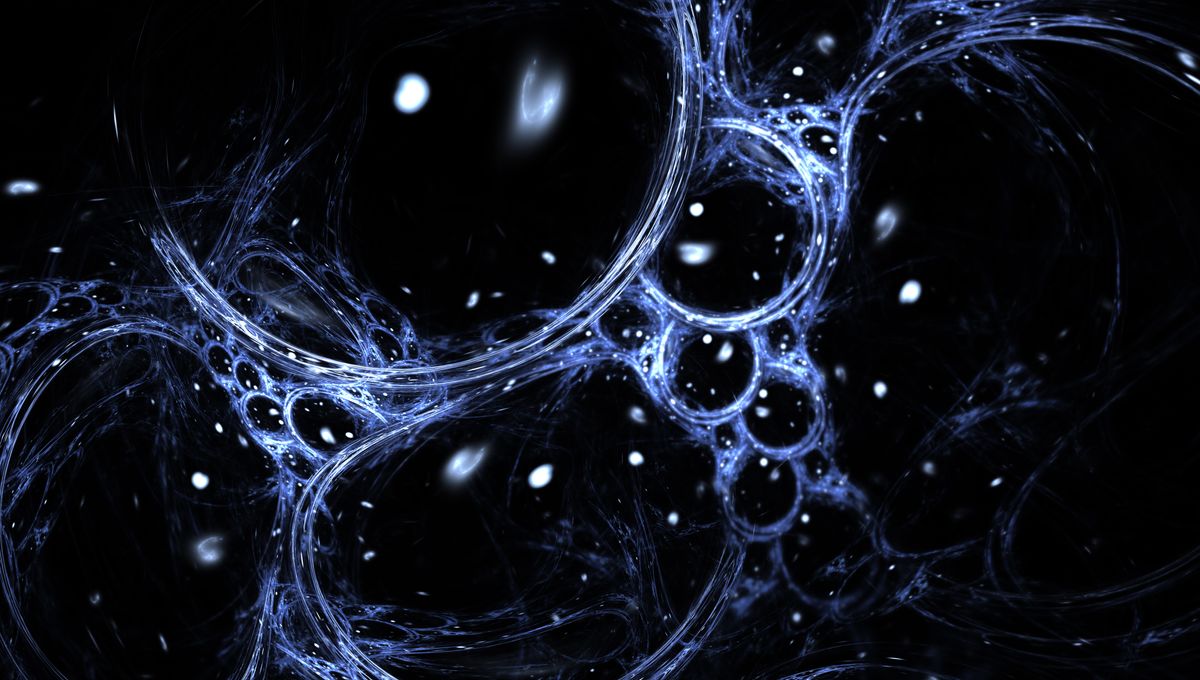
Dark matter is a hypothetical substance that outweighs regular matter (which makes up us and everything we can see in the universe) five to one. We do not know what it is and have not confirmed its existence, but based on astrophysical observations, it is strongly believed to be a substance; the alternative is that our understanding of gravity is wrong. The nature of this substance is unknown, and no experiment has yet found dark matter.
For this reason, Professor Stefano Profumo at the University of California, Santa Cruz, has put forward two theories that explain the origin of dark matter in a completely different way from the current paradigm.
In the first one, Profumo focuses on the possibility of dark matter as a consequence of the expansion of the universe. The universe is expanding with an acceleration, and it is believed that at the very beginning, moments after the Big Bang, it underwent cosmic inflation. In a fraction of a second, it became a lot bigger.
Profumo suggests a third moment of acceleration, weaker than inflation but still faster than either matter or radiation would possibly allow. It treats the edge of the universe like the event horizon of a black hole. There, due to quantum mechanical effects, particles form and steal energy from the black hole. This is the so-called Hawking radiation. Similarly, Profumo has shown that an expansion could cause a cosmic horizon to radiate particles into the universe that could be consistent with a large range of dark matter particles.
The other alternative is the so-called dark sector. The idea is that dark matter has its origin in things similar to matter. So, there are dark quarks like regular quarks, but invisible to us, and dark gluons, like the carrier of the strong nuclear force, acting not on regular quarks, but only on their dark counterparts. These dark particles could become dense enough to form primordial black holes and be extremely stable, making them a possible candidate for dark matter.
“Both mechanisms are highly speculative, but they offer self-contained and calculable scenarios that don’t rely on conventional particle dark matter models, which are increasingly under pressure from null experimental results,” Profumo, who is also deputy director for theory at the Santa Cruz Institute for Particle Physics, said in a statement.
The hypotheses are out there, but Profumo offers some testable predictions. The Standard Model of Cosmology still retains the best explanation of all, but looking at other possibilities might provide some insights even on the leading hypothesis.
The studies are both published in the journal Physical Review D and can be read here and here.
Source Link: The Origins Of Dark Matter: Two New Theories Talk Of Hidden Reality And The Universe’s Edge